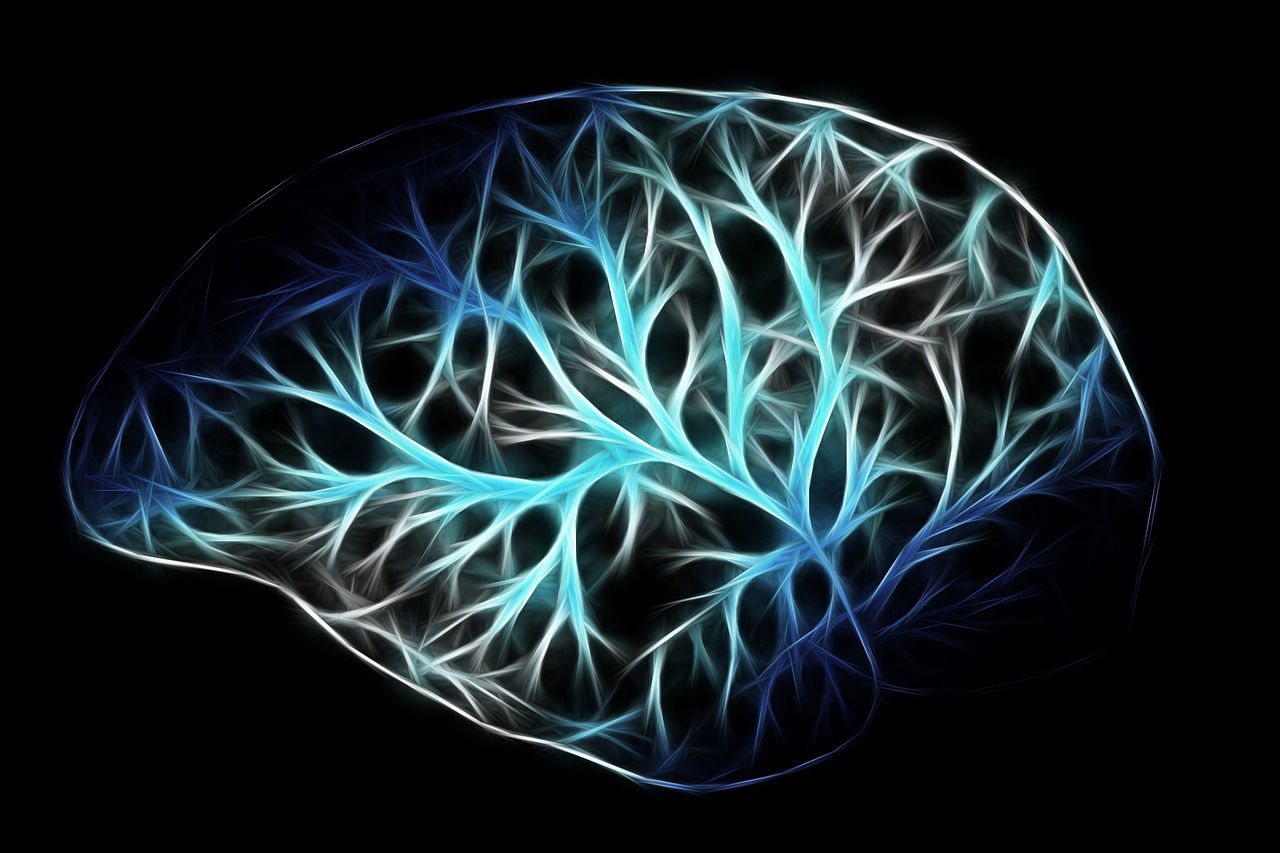Elon Musk and Neuralink are not the only players in the advancement of mind-bending brain interface technology. Researchers from Sourasky Medical Center (Ichilov Hospital) have made a groundbreaking discovery, revealing a way for patients to potentially “speak” using only the power of thought.
The recent findings were published in Neurosurgery, the official publication of the Congress of Neurological Surgeons. These findings offer hope for people who are completely paralyzed due to conditions like ALS, brainstem stroke, or brain injury, potentially allowing some to regain the ability to speak.
The study was led by Dr. Ariel Tankus of Tel Aviv University’s School of Medical and Health Sciences and Tel Aviv Sourasky Medical Center (Ichilov Hospital) in collaboration with Dr. Ido Strauss, director of the Functional Neurosurgery Unit at Ichilov Hospital.
The Experiment
In the experiment, a participant imagined saying one of two syllables. Depth electrodes implanted in the brain transmitted the electrical signals to a computer, which then vocalized the imagined syllables.
“The patient in the study is an epilepsy patient who was hospitalized in order to undergo resection of the epileptic focus in his brain,” explains Dr. Tankus in a press release.
In the initial stage of the experiment, with depth electrodes implanted in the patient’s brain, researchers asked the patient to say two syllables out loud: /a/ and /e/. They recorded the brain activity as he articulated these sounds. Using advanced AI techniques, the researchers trained computer models to recognize which brain cells activated when the patient wanted to say the sounds /a/ or /e/.
“My field of research deals with the encoding and decoding of speech, that is, how individual brain cells participate in the speech process — the production of speech, the hearing of speech, and the imagination of speech, or ‘speaking silently,’” says Dr. Tankus.
Once the computer learned to recognize the patterns of electrical activity associated with these syllables in the patient’s brain, he was asked to imagine saying /a/ and /e/. The computer then translated the electrical signals and played the pre-recorded sounds of /a/ or /e/ accordingly.
Dr. Tankus elaborates by saying, “In order to do this, of course, you need to locate the focal point, which is the source of the ‘short’ that sends powerful electrical waves through the brain. This situation pertains to a smaller subset of epilepsy patients who do not respond well to medication and require neurosurgical intervention and an even smaller subset of epilepsy patients whose suspected focus is located deep within the brain rather than on the surface of the cortex.”
unleashing the Power of Thought
To identify the exact location, electrodes must be implanted into deep structures of their brains. The patients are then hospitalized, awaiting the next occurrence of a seizure. When a seizure occurs, the electrodes will tell the neurologists and neurosurgeons where the focus is, allowing them to operate precisely. From a scientific perspective, this provides a rare opportunity to get a glimpse into the depths of a living human brain. The epilepsy patient hospitalized at Ichilov consented to participate in the experiment, which may ultimately help completely paralyzed individuals express themselves again through artificial speech.
“In this experiment, for the first time in history, we were able to connect the parts of speech to the activity of individual cells from the regions of the brain from which we recorded. This allowed us to distinguish between the electrical signals that represent the sounds /a/ and /e/. At the moment, our research involves two building blocks of speech, two syllables.”
“Of course, our ambition is to get to complete speech, but even two different syllables can enable a fully paralyzed person to signal ‘yes’ and ‘no,’” noted Dr. Tankus.
What will the future look like for brain interaction technology and neurological diseases?
Dr. Tanku predicts that in the years ahead, “it will be possible to train a computer for an ALS patient in the early stages of the disease, while they can still speak,” which would effectively equip them with the ability to communicate using only the power of thought. “The computer would learn to recognize the electrical signals in the patient’s brain, enabling it to interpret these signals even after the patient loses the ability to move their muscles.”
Tanku says that is only one example. “Our study is a significant step toward developing a brain-computer interface that can replace the brain’s control pathways for speech production, allowing completely paralyzed individuals to communicate voluntarily with their surroundings once again.”
Chrissy Newton is a PR professional and founder of VOCAB Communications. She currently appears on The Discovery Channel and Max and hosts the Rebelliously Curious podcast, which can be found on The Debrief’s YouTube Channel and all audio podcast streaming platforms. Follow her on X: @ChrissyNewton and at chrissynewton.com.

